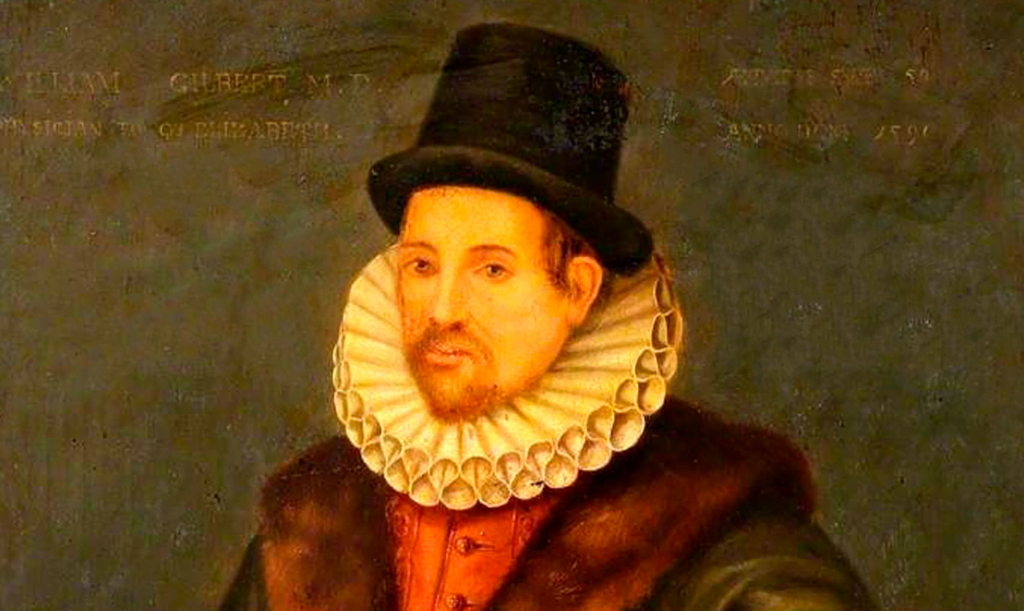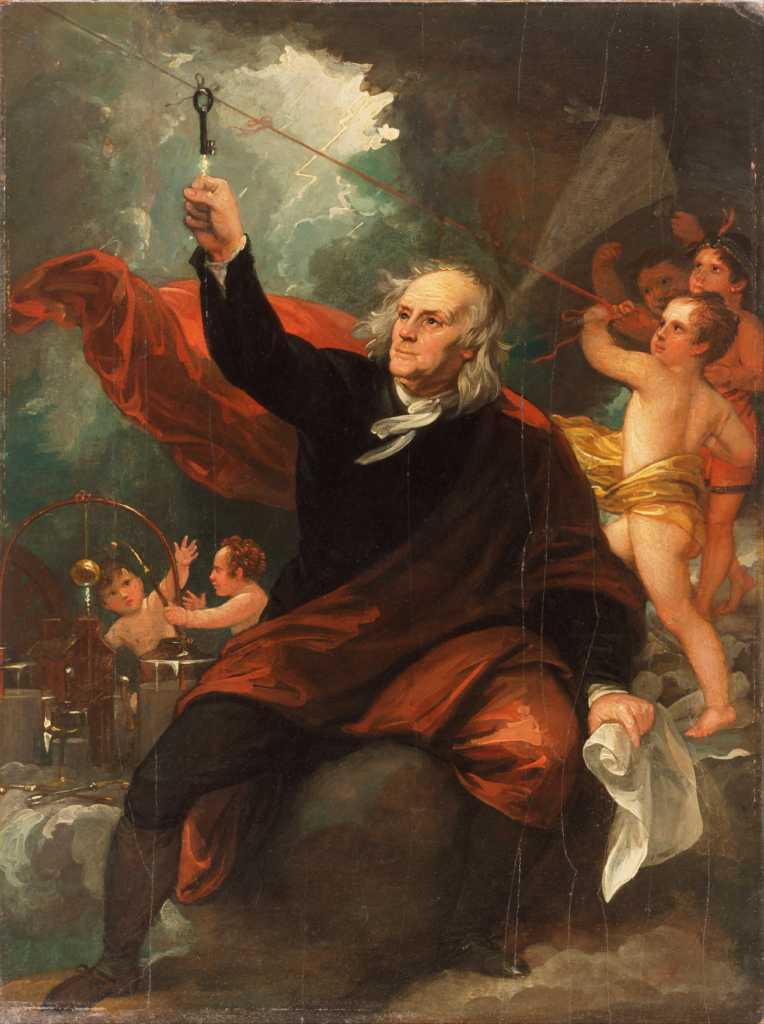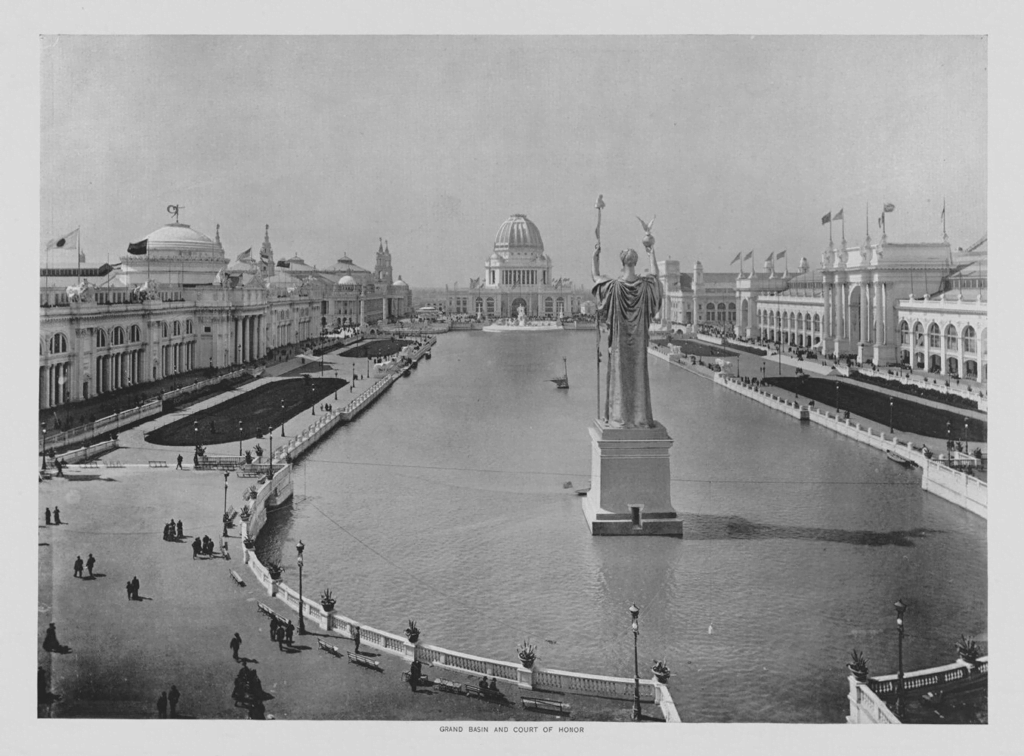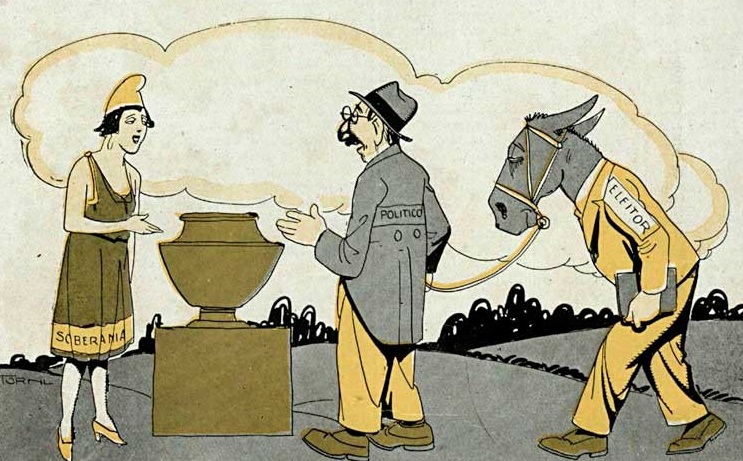
Good morning guys! This month I was thinking about the blackouts that have been occurring in the city of São Paulo and how they show the importance of electricity for us. If we stop to think, it is present in every aspect of our daily lives, there is no way around it. Whether it's the light bulb on the ceiling, charging your notebook or cell phone, even preserving our food depends on electricity.
That's why I decided to make a post about her story.
the beginning of electricity
From Greek philosophers

It was Thales of Miletus, a Greek philosopher from the sixth century BC, who began to decipher the mysteries of static electricity. By rubbing a piece of amber on an animal's skin, he noticed the attraction of small objects, such as pieces of straw. Initially, he believed he was experiencing a phenomenon of magnetism, but he was actually discovering static electricity generated by friction.
To the word “Electricity”

The study of electricity advanced considerably in the 17th century with William Gilbert, who investigated the resistance of certain materials. The word “electricity” derived from the Latin “elektron”, which means amber, and was popularized by Otto von Guericke in 1650, when he built the first electrostatic generating machine.
The 18th century and the first inventions
After the initial studies, where little was known about electricity, a time began when scientists began to master it. This was the time of innovations, the fruits of which we still reap today. Below, we have some big names in science and the main discoveries.
Benjamin Franklin and the Kite in the Storm

Did you know that in the 18th century, many people thought storms and lightning were signs of divine punishment? Benjamin Franklin, fortunately, did not believe this!
With great astuteness, the scientist observed that bell ringers, those who ring the bells in church towers, were frequent victims of lightning. Trying to discover the reasons for this, on June 15, 1752, he carried out the famous kite experiment.
In this experiment, Franklin used a kite with a metallic wire and connected this wire to a switch and a device that stored electrical charge. Thus, he discovered that lightning is a very strong type of electricity. From this discovery, Franklin invented the lightning rod. He showed that two iron rods connected to the ground, and placed near a building, could conduct electricity from lightning if struck by them. Franklin's experiment and the confirmation of his ideas gave him worldwide fame.
Luigi Galvani and Electrical Stimuli in the Human Body

Luigi Galvani, an 18th century physiologist, revolutionized his field by discovering the link between electricity and the human body. He did this by applying electrical energy to a frog and observing the muscle spasms it caused.
It may seem obvious today, but at the time, this revolution had major repercussions on medicine. One of them was the defibrillator, whose operation is similar to the frog experiment: a large discharge of electrical energy causing muscle contraction in the heart.
Alessandro Volta and the First Battery

Alessandro Volta was a contemporary of Luigi Galvani and also studied electricity. Even inspired by Galvani's research, he could not agree on everything: and this generated a feud little known in the history of electricity.
While Galvani defended the idea of “animal electricity”, believing that electricity was within the tissues of animals, Volta argued that electricity resulted from the chemical reaction between metals and fluids in animal tissues.
Today we know that Volta was right, especially because his studies on electricity from chemical reactions made him responsible for the… voltaic pile! The “grandmother” of electric batteries!
19th century: The war of currents
In 1879, Thomas Edison, an important inventor of the time, patented the incandescent electric light bulb. This new invention gave rise to the need to create an electrical energy transmission network to illuminate homes, businesses and streets. Without wasting time, Edison inaugurated, in 1882, the first electrical power station in the world, using direct current.
All right then, right? No! While Thomas Edison made his power station using direct current, there was another inventor who advocated a completely different model and said it was the most effective: alternating current. This inventor was Nikola Tesla, Edison's eternal rival.
This rivalry became known as “The War of the Currents” (or “Battle of the Currents”). There's even a film about it!
Edison and Direct Current

Edison defended the use of direct current, as most of the generators and patents he developed used this type of current. Additionally, alternating current required a higher voltage to generate and transmit, which could be considered more dangerous. However, Tesla and Westinghouse saw alternating current as the solution for distributing electrical energy over long distances.
The Edison vs. Edison Dispute Tesla and Westinghouse
Tesla, who had previously worked for Edison, introduced his alternating current-powered engine to the world in 1888, which proved to be superior to Edison's models. George Westinghouse, a railroad businessman, saw the potential and offered Tesla financial support to develop transformers, generators and transmission line projects.
Transformers and Alternating Current Safety

The transformers developed by Tesla were crucial, allowing the high voltage of alternating current to be converted to a lower voltage, making it safe for installation in homes and businesses. Edison, feeling pressured, began a campaign against alternating current, highlighting its dangers, especially its high voltage.
The Creation of the “Electric Chair” and the War of Currents
Edison, to further discredit alternating current, proposed using the Westinghouse Electric Company's system for executions by electrocution. The first death from electrocution in the electric chair occurred in 1890, using parts of Tesla's system. This strategy created problems for Tesla, but the battle came to a head at the World's Columbia Exposition in 1893.
World Columbia Exposition

Both Edison, Tesla and Westinghouse proposed lighting the exhibition, but Tesla's proposal, using alternating current, won due to the lower cost of generating electricity. The alternating current-lit event was a success, proving its viability on a large scale and marking the victory of Tesla and Westinghouse in the war of currents.
Electricity in Brazil

Over time, electricity gained space in everyday life, driving the second Industrial Revolution. The creation of the first power plant, Pearl Street Station in New York, in 1882, and the first hydroelectric plant in the same year marked the beginning of a new era.
In Brazil, electricity arrived shortly after the invention of the light bulb, thanks to Emperor Dom Pedro II's interest in science. The inauguration of the first public electric lighting systems, in 1879 in Rio de Janeiro and in 1883 in Campos dos Goytacazes, marked the beginning of a transformation in the country.
Currently, the country has an electrical energy matrix with more than four thousand plants, capable of generating more than 142 thousand megawatts. Of the ten largest hydroelectric plants in the world, three are Brazilian.
Conclusion
Now you know more about the history of electricity, how it arrived quietly and took over civilization, right? Thanks to it, we can better preserve our food in the refrigerator and advance technology, achieving unimaginable feats. We have a lot to thank these pioneers for!
Come to think of it, thanks to electricity, our cities never sleep either… Maybe this could be a great topic for the next post: light pollution. Or maybe electric cars… There are so many possibilities!



